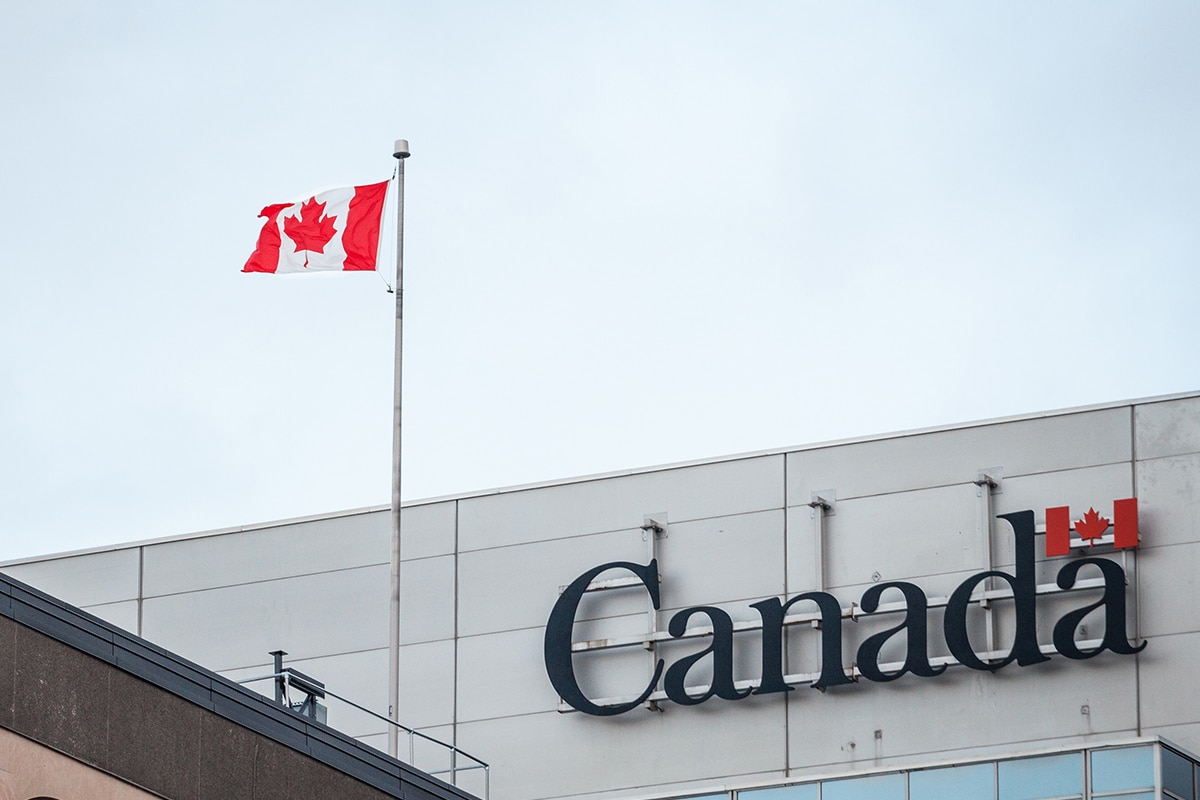Pre-screening process catches some visitors by surprise
After a roll-in period that has lasted for more than a year, Canada’s new pre-screening system for visa-exempt travelers — known as electronic Travel Authorization, or eTA — came into full force on November 10, 2016.
Most visa-exempt visitors coming to Canada by air were aware of the approaching date in the run-up to full implementation, but others have been caught unaware over recent days. As a result, some individuals have missed their scheduled flight.
Take British comedian Robin Ince, for example. Ince was expecting to do a show with astronaut Chris Hadfield in Toronto last weekend. He arrived at Heathrow Airport in London with plenty of time to check in, but was then asked to present his eTA. Unfortunately for the man who tells jokes for a living, this was no laughing matter.
After quickly applying for his eTA on his phone and paying the $7 CAD fee, Ince live-tweeted his airport experience, beginning with some advice for others.

The waiting game continued, but Ince never left British soil . . .


But at least his live tweets were getting the news on eTA out to other travelers to Canada . . .


Eventually, Ince was approved to travel. The problem was he had applied too late and ended up missing his own show in Toronto.


In a blog post he wrote hours later, Ince admitted that his lack of preparation meant ‘Much money wasted. Much time wasted.’
The chances are he will not be the only individual caught by surprise at the new requirement, which is similar to the ESTA system that has been used by the United States since 2010.
About the eTA
The eTA is intended to make air travel to Canada safer and more efficient for foreign nationals who do not require a Temporary Resident Visa (TRV) to enter Canada. The screening process allows Canadian immigration authorities to assess visa-exempt travelers who may be inadmissible to Canada for reasons such as having a criminal record, or posing a potential health threat.
To obtain an eTA, individuals complete an online form for themselves and for each accompanying family member, if applicable. Families cannot obtain a single eTA for all members, including minors.
Visa-exempt travelers planning a trip to Canada by air complete an online form, in which they provide some personal information and answer a few basic questions relating to criminality or medical issues, as well as questions about their immigration history. Most applications are processed within minutes. Some applications (such as the one submitted by Robin Ince) may take longer to process, in which case applicants may expect to receive an email from IRCC within 72 hours outlining the next steps.
The eTA is linked electronically to the holder’s passport and is valid for a period of five years from the day on which it is issued to the applicant or until the earliest of the following days, if they occur before the end of five years:
- the day on which the applicant’s passport or other travel document expires;
- the day on which the eTA is cancelled; or
- the day on which a new eTA is issued to the applicant.
To complete the online form, applicants need:
- a valid passport from a visa-exempt country;
- a credit card to pay the $7 CAD fee;
- a valid email address; and
- access to the internet and a few minutes of time.
The eTA includes the applicant’s name, date and place of birth, gender, address, nationality, and passport and/or travel document information. If the applicant is unable to make the application by means of the electronic system because of a physical or mental disability, it may be made by another means, including a paper application form.
Since August 1, 2015, when the eTA system was first partially rolled out, study permits and work permits issued to individuals from visa-exempt countries already have an eTA tied to the permit. Consequently, there is no need for these individuals to apply separately or pay an additional fee. However, individuals who received their study or work permit before August 1, 2015, must obtain an eTA if they wish to leave and return to Canada.
There are exceptions to the requirement for an eTA. In addition to the following list, citizens of countries whose citizens normally require a TRV in order to enter Canada, but who are permanent residents of the United States (holders of a Green Card), are able to enter Canada with an eTA rather than a TRV.
Foreign nationals from countries whose citizens require a TRV to enter Canada do not need an eTA in addition to the TRV.
How can future visitors to Canada determine what they need to do?
A new, easy-to-use tool has been developed by the team at CanadaVisa.com. The free and exclusive Visiting Canada Tool allows users to get information about the steps they need to take in order to make a smooth entry to Canada.
By answering a few basic questions about their country of citizenship, status in the United States (if applicable), and the intended method of transport that will be used to enter Canada, users are provided with a detailed explanation relating to their particular situation. Moreover, users are provided with additional resources, such as contact details for applicable legal services, on the page that explains the next steps. It takes less than one minute to complete the questionnaire.
To use the Visiting Canada Tool and determine what you need to do to visit Canada, click here.
If you have any questions or concerns about the process of obtaining an eTA and gaining entry to Canada, please send a detailed email to eta@canadavisa.com.
For a list of frequently asked questions regarding the eTA, visit the comprehensive eTA FAQ page.
© 2016 CICnews All Rights Reserved

